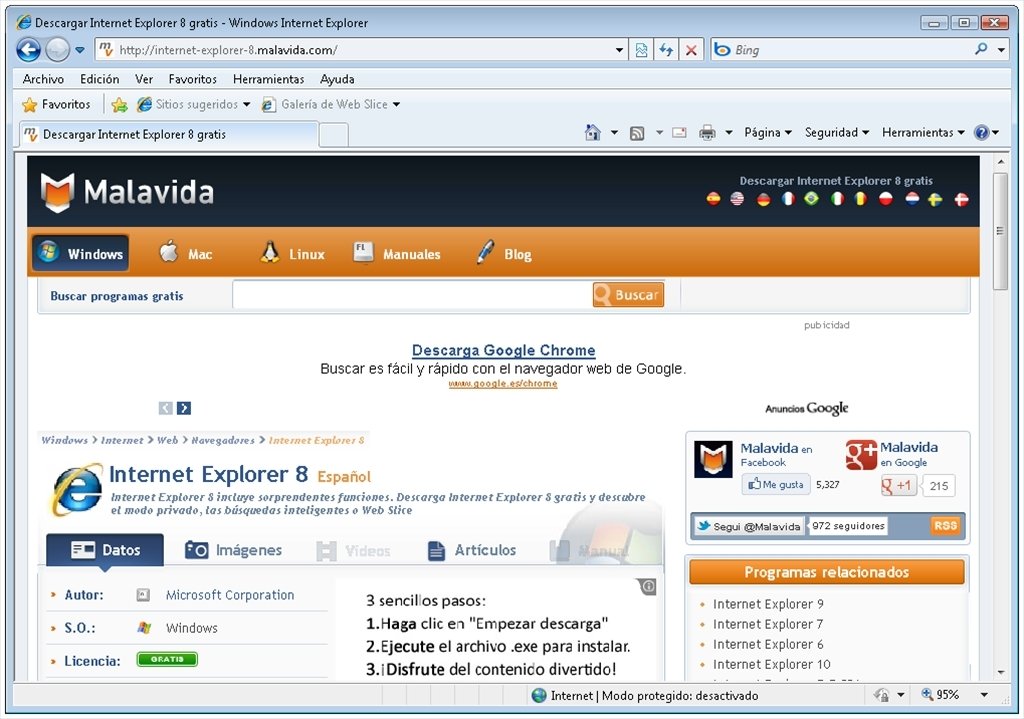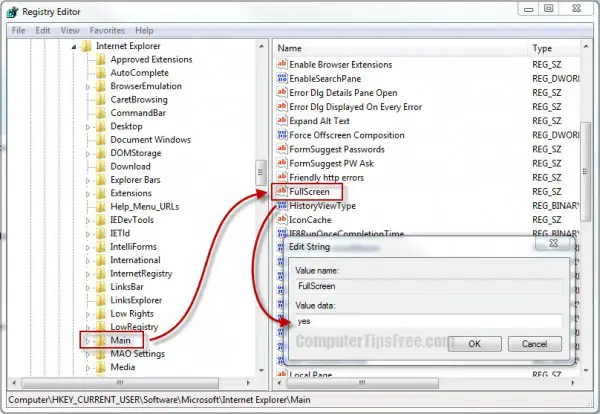

You can change the default to always open the Metro version or always open the desktop version. You'll see a section called Opening Internet Explorer with an option to choose how you open links. Click on the Tools icon at the top right of the browser and then select Internet options. And launching one in the desktop opens the desktop version, says Microsoft.

By default, launching a link in a Metro app opens the Metro version of IE. Well, in some cases, the choice is made for you. So how do you choose between the two to create a smoother browsing experience? It may not be as pretty or as clean as the Metro flavor, but it works. In contrast, the desktop version of IE10 provides the browser experience we all know, with the usual toolbars, menus, Favorites, and other familiar items. So I can see the Metro edition of IE as good for quick browsing to relatively simple sites, but not as a tool for people who want to use the browser for work, entertainment, or other common tasks. Your only option is to pin your favorite Web sites to the Start screen, where there's no effective way to organize them, especially as they grow in number. You can't create and manage a list of favorites divided by folder and subfolder.
INTERNET EXPLORER FOR WINDOWS 8 DESKTOP INSTALL
Trying to install a plug-in just switches you to the desktop flavor. Any site that requires Flash, Microsoft Silverlight, or other add-ons won't work.

If the site you need isn't listed, you can start typing the first few characters in the address field. Right-clicking in the browser window then reveals the navigation bar at the bottom with the address field, backward and forward buttons, and other options.Ĭlicking in the address bar displays thumbnails of frequently used sites and pinned sites, letting you easily return to any previous site.

The browser opens to display a blank screen or your previous page with no distractions. No fiddling with menus, toolbars, or other items. Both flavors do share the same history list, but otherwise there's a lack of consistency and standardization between the two. But in reality, bouncing back and forth between the Metro browser and the desktop browser can be clumsy and jarring. Microsoft dubs it a "Metro style enabled desktop browser," which means that technically it's a single app that offers two different "experiences." For better or worse, IE10 is one of those Windows 8 apps with a split personality-part Metro and part desktop.


 0 kommentar(er)
0 kommentar(er)
